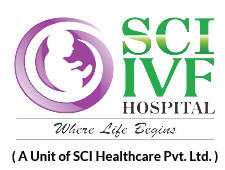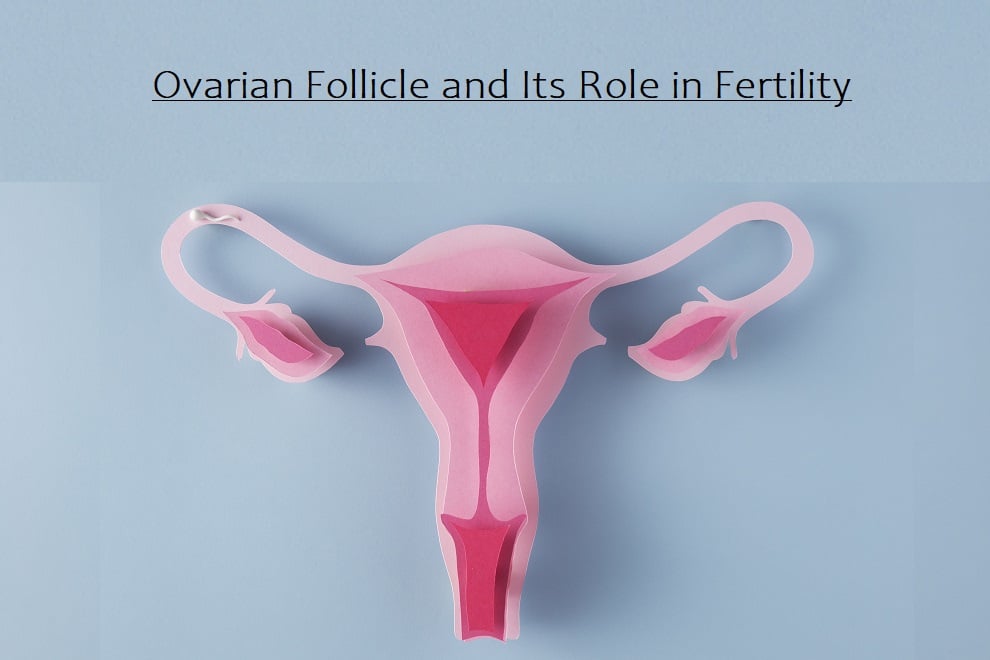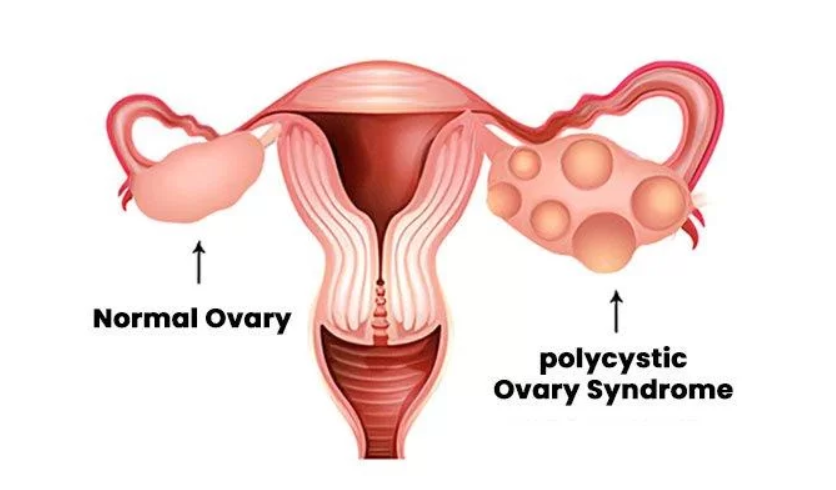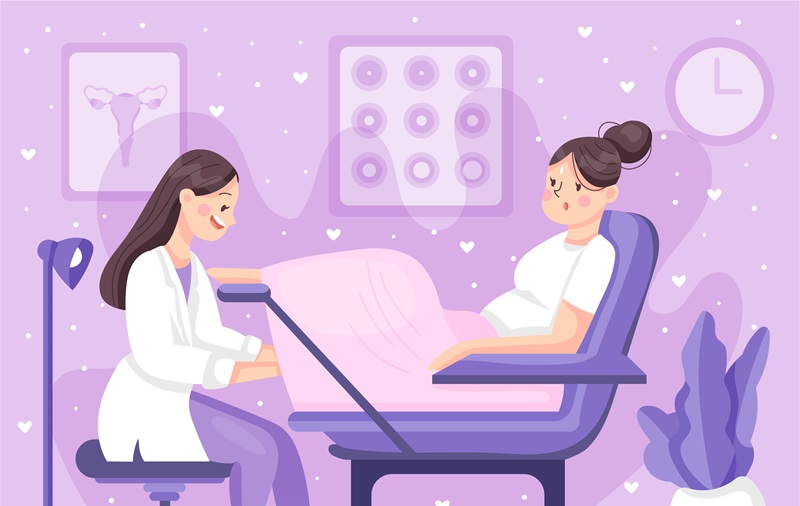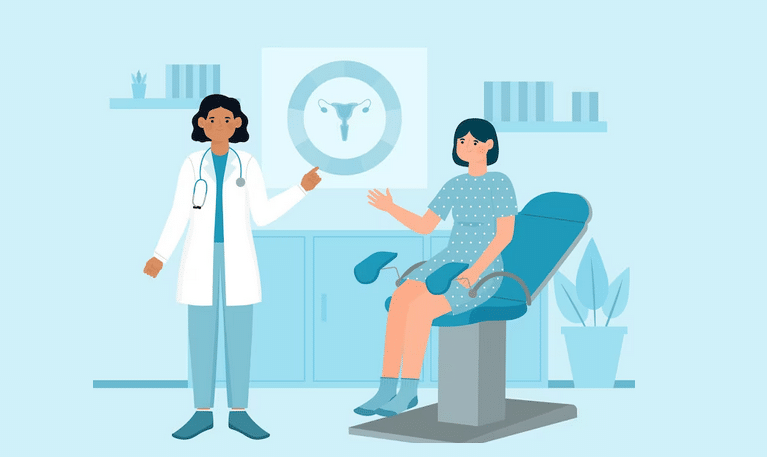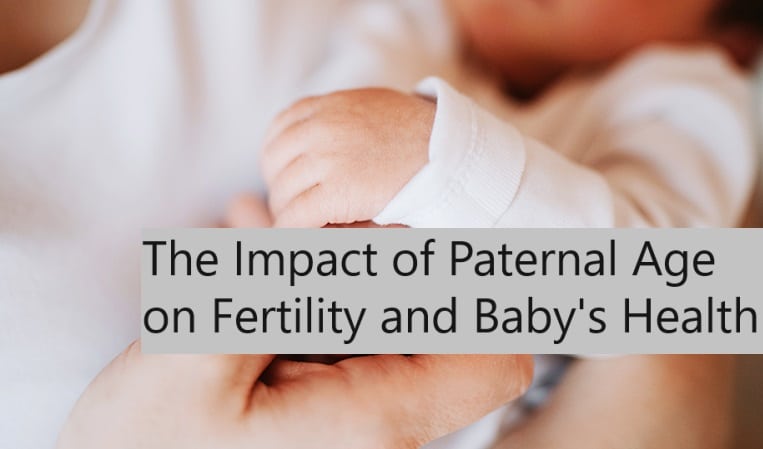The journey to conception and successful reproduction is a complex process influenced by numerous factors. Among the many crucial elements involved, the ovarian follicle holds a significant role. The ovarian follicle is a tiny, fluid-filled sac within the ovary that plays a vital role in the maturation and release of eggs. In this blog post, we will delve into the details of ovarian follicles and explore their crucial role in fertility.
Understanding Ovarian Follicles:
Ovarian follicles are microscopic structures located within the ovaries of women. These follicles serve as the developmental sites for eggs, also known as oocytes. A woman is born with all the eggs she will ever have, and they are stored within these follicles. The total number of follicles decreases over time due to a natural process called follicular atresia.
Each ovarian follicle consists of three main components: the oocyte or egg, the surrounding granulosa cells, and the innermost theca cells. The granulosa cells provide nourishment and support for the growing oocyte, while the theca cells produce hormones necessary for follicular development.
Stages of Ovarian Follicle Development:
The process of ovarian follicle development occurs in several stages, known as folliculogenesis. Primordial follicles, the earliest form of follicles, contain immature eggs surrounded by a single layer of granulosa cells. During each menstrual cycle, a select few primordial follicles are stimulated to progress to the next stage.
The primary follicle stage is characterized by the growth and proliferation of granulosa cells. The granulosa cells multiply and form multiple layers around the developing oocyte. As the follicle continues to grow, it transforms into a secondary follicle. At this stage, the fluid-filled cavity called the antrum appears within the follicle.
The dominant follicle, also known as the Graafian follicle, represents the final stage of folliculogenesis. Within the dominant follicle, the oocyte becomes fully matured and is ready for ovulation. The release of the mature egg from the follicle is triggered by a surge in luteinizing hormone (LH) from the pituitary gland.
Role of Ovarian Follicles in Fertility:
The ovarian follicle is the primary site of egg development and maturation. Without the proper growth and development of follicles, ovulation and subsequent fertilization cannot occur. The release of a mature egg from the dominant follicle during ovulation is a crucial event for fertility.
Follicle-stimulating hormone (FSH) and luteinizing hormone (LH), both secreted by the pituitary gland, play significant roles in follicular development. FSH stimulates the growth of follicles, while LH triggers ovulation. The delicate balance between these hormones is essential for the successful development and release of a mature egg.
Furthermore, the ovarian follicles produce estrogen, a hormone that prepares the uterus for implantation. Estrogen helps in thickening the uterine lining, enhancing blood flow, and creating an optimal environment for implantation and pregnancy.
Conclusion:
The ovarian follicle is a remarkable structure that holds immense importance in female fertility. From the earliest stages of development to the release of mature eggs during ovulation, ovarian follicles orchestrate the delicate dance of reproduction. Understanding the role of ovarian follicles in fertility provides valuable insights into the complexity of the human reproductive system. By appreciating the significance of these follicles, we can gain a deeper understanding of the challenges and possibilities when it comes to achieving conception and realizing the miracle of life.
